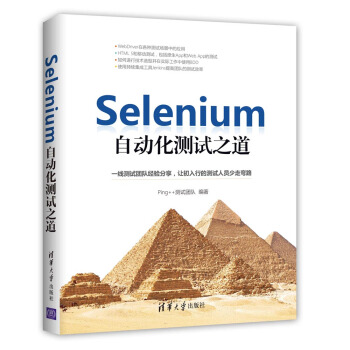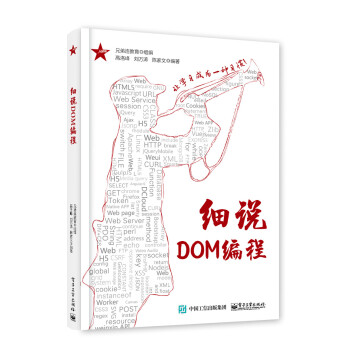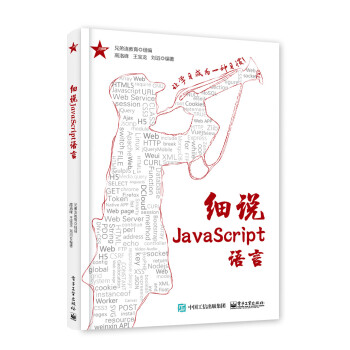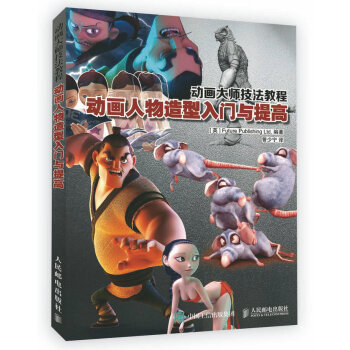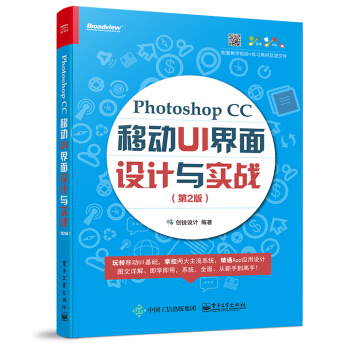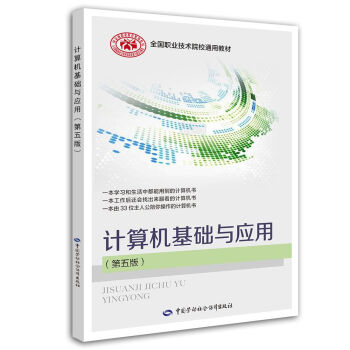![設計物聯網産品(影印版) [Designing Connected Products]](https://pic.tinynews.org/12048305/58c7b4b8N5b7d0125.jpg)

齣版社: 東南大學齣版社
ISBN:9787564168704
版次:1
商品編碼:12048305
包裝:平裝
外文名稱:Designing Connected Products
開本:16開
齣版時間:2017-01-01
用紙:膠版紙
頁數:694
字數:786000
正文語種:英文
具體描述
內容簡介
聯網的溫度計、健身監測器和門鎖,說明物聯網能夠並且將開啓人們與周圍世界互動的新途徑。但是為消費者設計聯網産品帶來的挑戰超齣瞭常規的軟件用戶界麵和交互設計。《設計物聯網産品(影印版)》為有經驗的UX(用戶體驗)設計者和技術專傢提供瞭清晰可操作的路綫圖,循此可在這個全新的市場中實施消費者産品策略和設計。通過引入當前的設計實踐和學術研究成果,《設計物聯網産品》提齣瞭關於采用跨設備交互、物聯網技術復雜生態係統的閤理建議,檢驗瞭一種用於控製器、應用程序和生態係統的理想SDN框架。
內頁插圖
目錄
ForewordPreface
Chapter 1 What's Different About User Experience Design
for the Internet of Things?
How Is UX for IoT Different?
A Design Model for loT
Summary
Chapter 2 Things: The Technology of Connected Devices
Types of Connected Device
Multipurpose Computers
Bridging Physical and Digital:
Sensors and Actuators
The Challenge of Powering Devices
Conserving Battery Life
Summary
Chapter 3Networks: The Technology of Connectivity
Why Is Networking Relevant to IoT UX?
Networking Issues That Cause UX Challenges for loT
The Architecture of the Internet of Things
Types of Network
Network Communication Patterns
Internet Service
Summary
Case Study 1 Proteus Digital Health: The Connected Pill
Chapter 4 Product]Service Definition and Strategy
Making Good Products
From Innovation to Mass Market
Tools Versus Products
What Makes a Good Product?
Services in loT
Business Models
Summary
Chapter 5 Understanding People and Context
The Role of Research in
Connected Product Design . ,
Initial Questions and Concepts
Techniques: from Asking to Watching to Making
Summary
Chapter 6Translating Research into Product Definitions
Generating the Elevator Pitch
Why Does Your Product Matter?
What Is Your Product?
What Does the Product Do?
Recurring Questions for Product Strategy
Summary
Case Study 2Little Kelham: Connected Home
……
Chapter 7Embedded Device Design
Chapter 8Interface and lnteraction Design
Case Study3 Ford SYNC 3: Connected Car
Chapter 9 Cross-Device Interactions and lnterusability
Chapter 10 Interoperability
Case Study 4 LOOP: Connected Pelvic Floor Exeraser
Chapter 11Responsible loT Design
Chapter 12 Supporting Key Interactions
Case Study 5 BRCK: Rugged Portable WiFi Hotspot
Chapter13 Designing with Data
Chapter14Iterative Design: Prototyping and Learning
Chapter15 Designing Complex, Interconnected Products and Services
Appendix A Comparues, Products, and Links
Index
前言/序言
Since the dot-com crash of the early 21st century, the Internet has grown up. No longer a just a collection ofvirtual storefronts, it now faalitates a wide range of human expression and interaction. It catalyzes changes in our culture. It supports intimate contact, and it fuels revolution. Through it, we've realized a shift in our relationships, from a centralized model where a few central players control how we communicate to a decentralized one in which the size ofyour organization matters less than the relevance ofyour message. The decentralization of media and communication is the most important change brought about by the Internet. Thus far, we've effected that change only through glass rectangles, but not for long. The Internet now connects your car, your car keys, your door lock, your lights, and your exerase regimen. Your informational body can now have a more direct effect on your physical body, and vice versa. We're only just beginning to understand the implications of this, and to develop the tools to design for it.Like the authors, I'm not a fan of the term "Internet of Things." It overlooks this major change that the Internet has brought about in how we communicate, and instead, presents an ideal world in which the automation and centralization of data collection comes first, and the interaction of people and communities comes a distant second, i fat all. This change is not about the things, but about the physical interaction those things enable.
We remember (and use) great products because of the experiences they help us to realize. Our interaction with a product-and with each other through it-is what makes it memorable. Really great connected products will be memorable for the same reason. We won't remember them because of the data collected, but because of how they will enhance our lives and our connections to each other. Designing connected products is not just an engineering problem. This job takes creative input from many different disciplines: engineering, industrial design, anthropology, and user experience design, to name a few. In this book, Claire Rowland and her colleagues outline a thorough framework for practicing the design of connected products and services. They provide the overview of the technical and scape that you'd expect from such a book, and best practices for designing connected products, including user research, business model formation, and prototyping methods, of course. But they also tackle issues that aren't often covered: two chapters on understanding your fellow team members, for example. By juxtaposing the assumptions of each discipline, from industrial design to UX design to anthropology to product engineering, they provide insight on why something that seems nonsensical to an engineer might be important to a designer, and how the con cerns ofall team members are necessary to do a thorough job.
Looking beyond the everyday production tasks, they introduce two critical concepts that anyone working in this area needs to understand: interoperability and interusability. Without interoperability, we are doomed to a future of incompatible devices and standards from com peting brands. Without interusability, we are doomed to a future of relearning core user experience concepts like connect, play, stop, and restart over and over again with each new interface.
A world in which connected devices are ubiquitous is one in which privacy, control, and transparency are radically changed. As designers of these systems, we need to take responsibility for our role in this shift. The authors acknowledge this, and provide an overview of the ethical considerations of designing connected products. This is one of the most valuable parts of the book, as it helps designers to think not just about the product or the business model, but the impact of their work on customers' safety, privacy, and well-being. Gathering all the data in the world is pointless if we sacrifice quality of life for it. I've been building network-connected physical interfaces, and teaching students how to do it, since 2001, and this is the first book I've encountered that gives designers a detailed and practical approach to do this.
用戶評價
評分
評分
評分
評分
評分
評分
評分
評分
評分
相關圖書
本站所有内容均为互联网搜索引擎提供的公开搜索信息,本站不存储任何数据与内容,任何内容与数据均与本站无关,如有需要请联系相关搜索引擎包括但不限于百度,google,bing,sogou 等
© 2025 book.tinynews.org All Rights Reserved. 静思书屋 版权所有

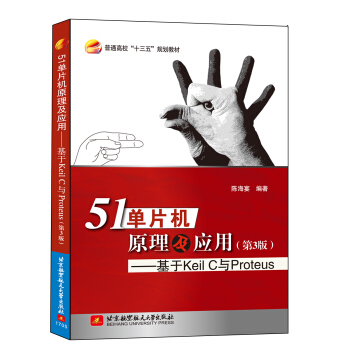
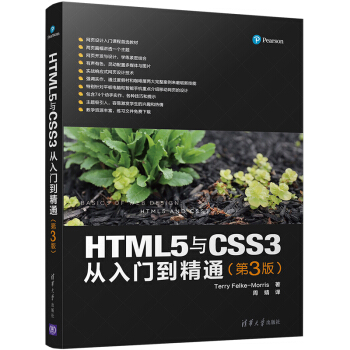
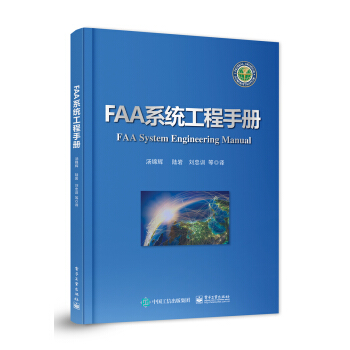

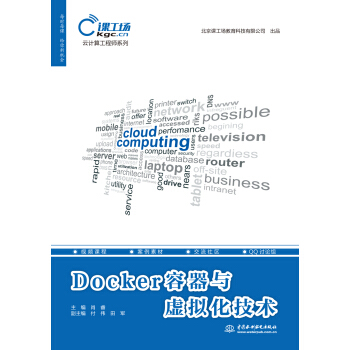
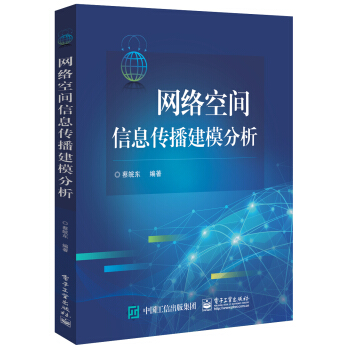
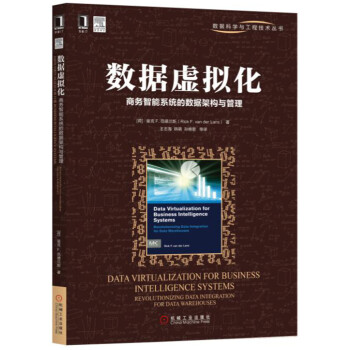
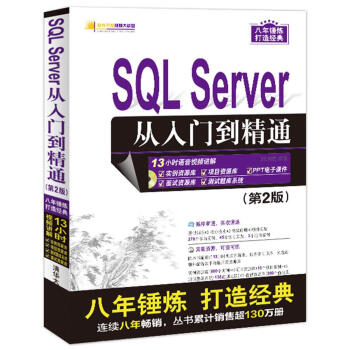
![圖像處理和分析的圖模型:理論與應用 [Image processing and analysis with graphs: theory and practice] pdf epub mobi 電子書 下載](https://pic.tinynews.org/12169515/59bba70eN8bf1a2b9.jpg)

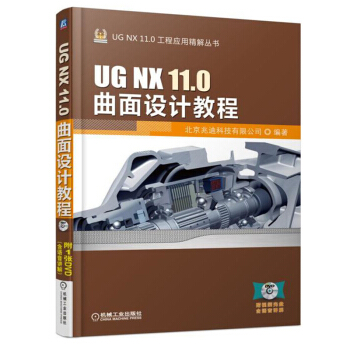
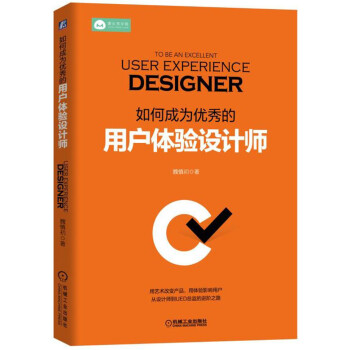
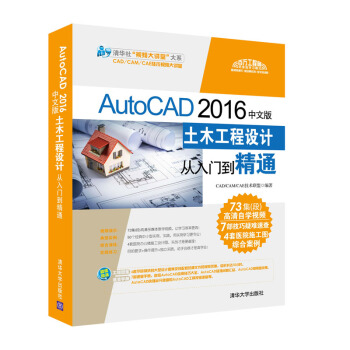
![Word/Excel/PPT 2016辦公應用從入門到精通 [贈送4.3G超值雲盤資料壓縮包,含16小時本書語音教學視頻+辦公技巧視頻] pdf epub mobi 電子書 下載](https://pic.tinynews.org/12226942/597845a8N8693b095.jpg)
